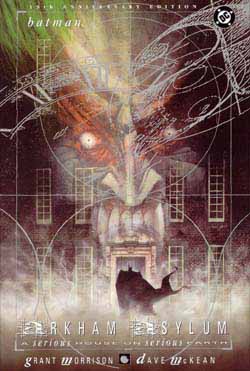 Â
Â
By Grant Morrison and Dave McKean (DC Comics)
ISBN 1-84576-022-0
This is, by all accounts, “the best-selling original graphic novel in… comics historyâ€, which, obviously does not mean it is the best written or drawn. It is, however, pretty damned good. A brooding, moody script was treated as a bravura exercise in multimedia experimental illustration, literally changing the way artists and consumers thought about the pictures in comics. The attendant media play also spread throughout society, and as with Watchmen and The Dark Knight Returns generated one of those infrequently recurring periods when Comics become Cool. All those big budget super-hero movies you’ve enjoyed or suffered through might not have happened without these media zeitgeist moments.
On the most basic level, however, it’s still a fine tale of the hero having to overcome terrible foes, terrific odds and traumatic trials to vanquish evil as the Caped Crusader fights his way through the freed lunatics that have taken over their asylum to save a hostage from the ravages of the Joker.
This 15th Anniversary edition also includes Morrison’s original script and page breakdowns, offering those of you intrigued by the mechanics of comic creation a hard lesson in production and inspiration.
© 2005 DC Comics. All Rights Reserved.

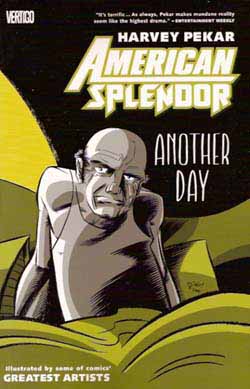 Â
 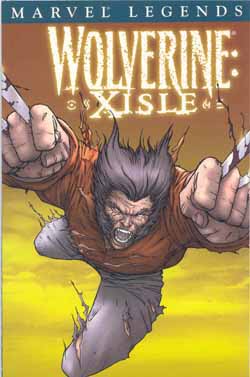
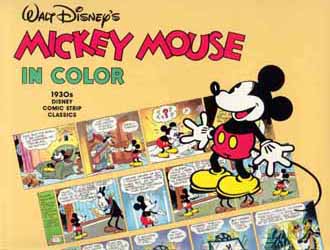 Â
 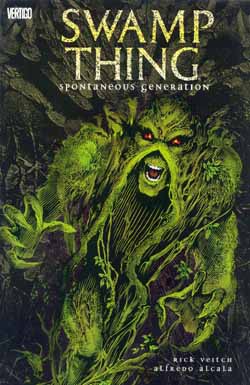 Â
 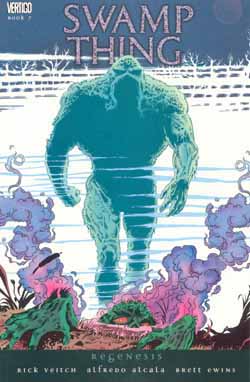 Â
 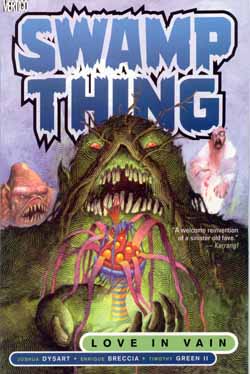 Â
 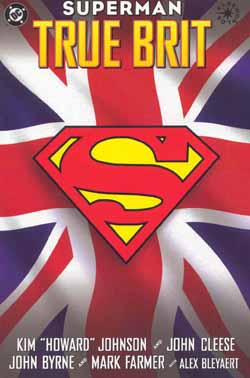 Â
 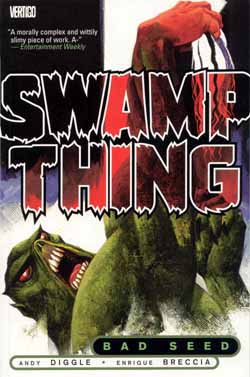 Â
Â